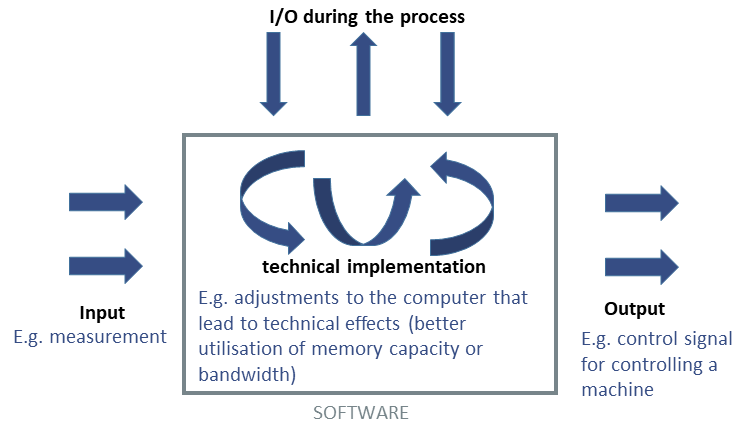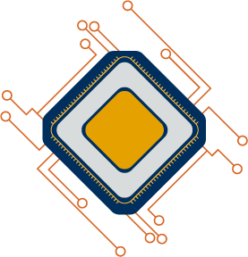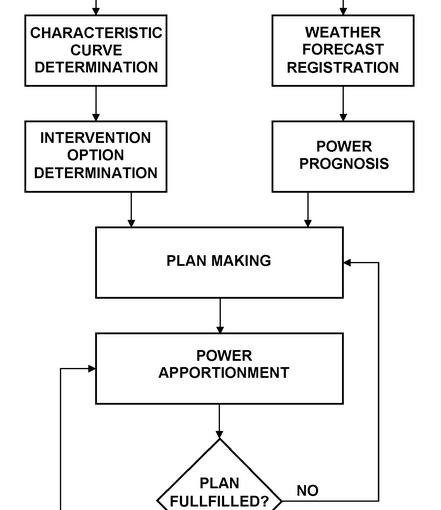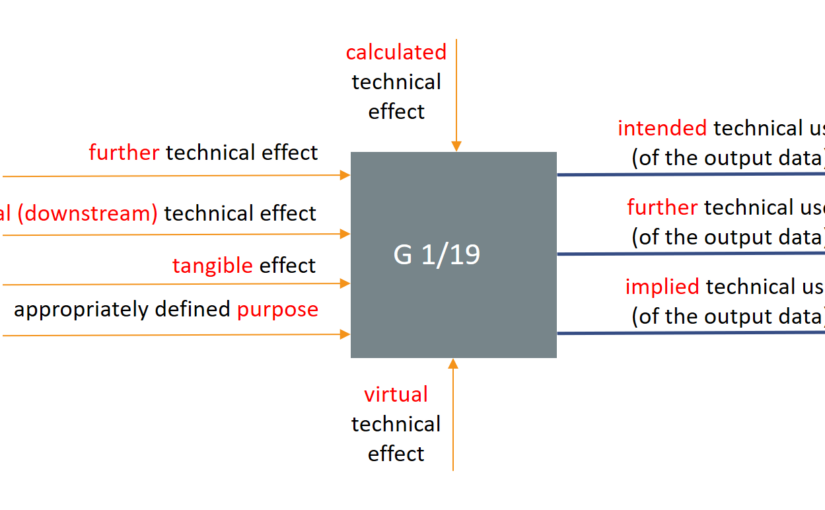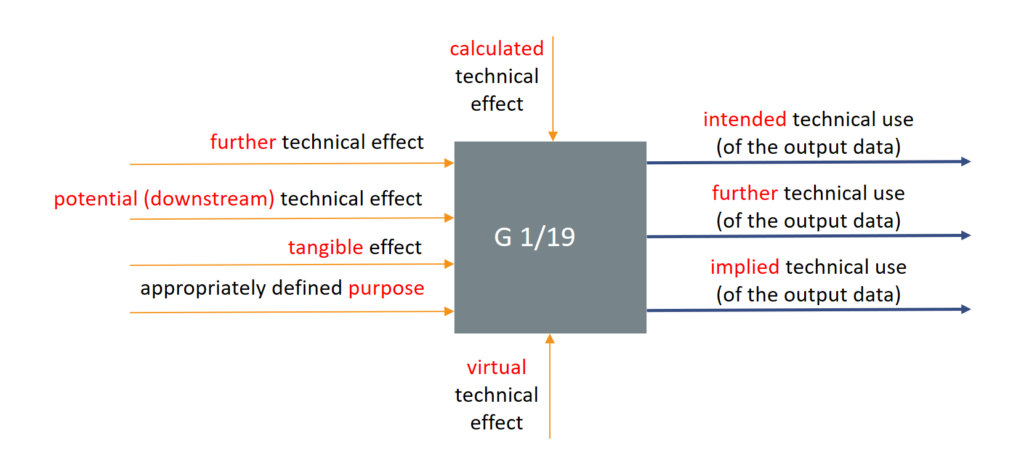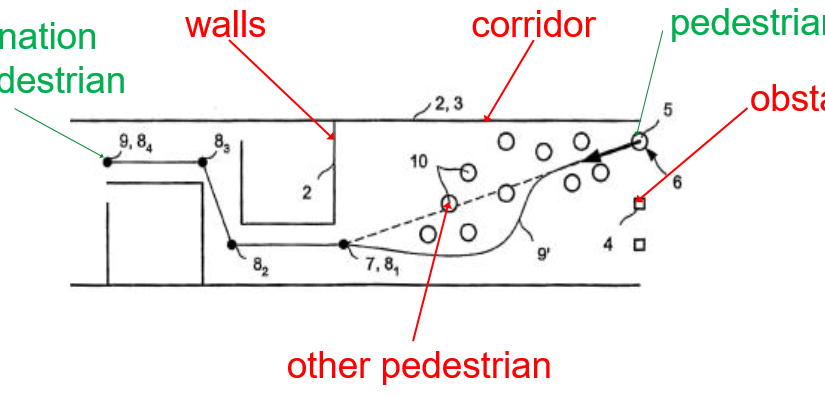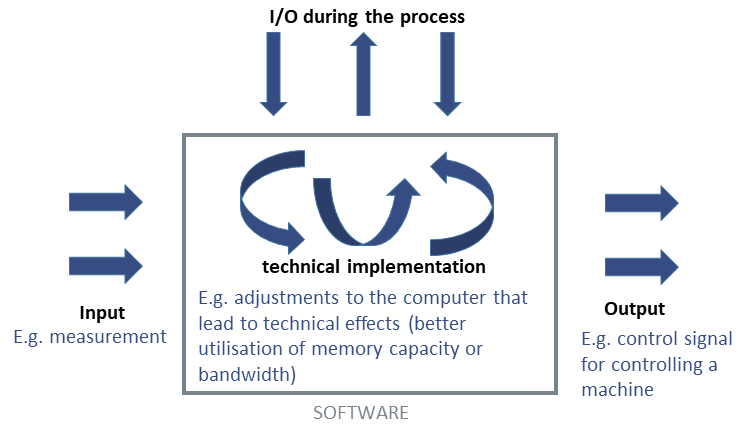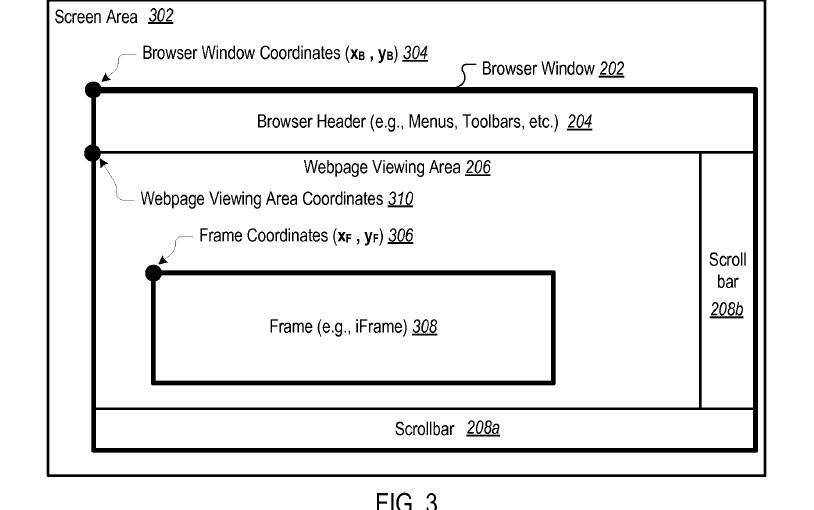At the EPO, data relating to software-related inventions may, under certain conditions, be regarded as data of a technical character. This means that such data will be taken into account as a distinguishing feature in the examination of inventive step. Data may have a technical character if they are so-called “functional data”. A typical example of “functional data” is data intended to control a technical device. In the following decision T 1806/20, the appellant tried to present “cognitive data” as “functional data”. The appellant relied on the earlier decision T 1194/97, which identifies a type of test method that can be used to determine whether the data are “functional data”.
Object of the Invention
- A parcel delivery system that seeks to prevent damage to water-sensitive parcels by avoiding delivery to rainy destinations.
- Claim 1 differs from the closest prior art (CPA) inter alia by rescheduling of the delivery based on the parcels’ sensitivity to water and a rain forecast.
Appellant
- The prevention of damage to physical objects was a fundamental technical problem that was addressed throughout various areas of technology.
- The appellant did not dispute that delivering multiple parcels at different destinations and planing such delivery constituted a non-technical logistics scheme.
- The rescheduling of the delivery based on the parcels’ sensitivity to water and the rain forecast do not form part of the non-technical logistic scheme.
Board
- Contrary to the appellant’s view, the Board judges that the requirement to ensure that parcels do not get damaged by water forms part of the non-technical logistics scheme.
- The Board is not convinced by the argument that information about a parcel’s water-sensitivity is functional technical data, because its loss would impair the technical operation of the system (cf. T 1194/97, reasons, point 3.3).
- It is self-evident that if a piece, either technical or non-technical, of any invention is taken out, it would not work as designed.
- In the Board’s view, what T 1194/97 is saying is rather that the loss of functional data would make the system inoperable at the technical level.
- In contrast, if cognitive data is lost, the system would still work but possibly produce results that would be unintended for non-technical reasons.
- Thus in T 1194/97, the loss of functional data prevented the system from generating any television picture, whereas the loss of cognitive data only resulted in a meaningless television picture resembling snow.
- In the present case, the loss of water-sensitivity information would not cause the system to stop working; the vehicle would still be guided, and parcels would be delivered. However, it would result in leaving water‑sensitive parcels standing in the rain – an unintended operation comparable to producing a television picture that resembles snow. The reasons why these outcomes are unintended are non-technical. In T 1194/97, it was the cognitive meaninglessness of the television picture to a human viewer; in the present case, it is the prevention of rain damage to a parcel. Hence, judged by the consequence of its loss, the water-sensitivity data is equivalent to cognitive rather than functional data.
Conclusion
This decision deals with “functional data”. Such data is intended for controlling a technical device may be considered to have technical character because it has the potential to cause technical effects. In G1/19, reasons, point 94 the Enlarged Board of Appeal has generalized this as follow:
In the context of the problem-solution approach and the COMVIK approach, such potential technical effects may be considered if the data resulting from a claimed process is specifically adapted for the purposes of its intended technical use. In such cases:
- either the technical effect that would result from the intended use of the data could be considered “implied” by the claim, or
- the intended use of the data (i.e. the use in connection with a technical device) could be considered to extend across substantially the whole scope of the claimed data processing method.
Data is considered to be functional data when its loss would impair the technical operation of the system (cf. T 1194/97, reasons, point 3.3). This means, data is considered to be functional data, when the loss of the data would make the system inoperable at the technical level. In contrast, if cognitive data is lost, the system would still work but possibly produce results that would be unintended for non-technical reasons.
E.g. in T 1194/97, the loss of functional data prevented the system from generating any television picture, whereas the loss of cognitive data only resulted in a meaningless television picture resembling snow.
E.g. in T 1806/20, the loss of water-sensitivity information would not cause the system to stop working; the vehicle would still be guided, and parcels would be delivered. However, it would result in leaving water‑sensitive parcels standing in the rain – an unintended operation comparable to producing a television picture that resembles snow. The reasons why these outcomes are unintended are non-technical. In
T 1194/97, it was the cognitive meaninglessness of the television picture to a human viewer; in T 1806/20, it is the prevention of rain damage to a parcel. Hence, judged by the consequence of its loss, the water-sensitivity data is equivalent to cognitive rather than functional data.
